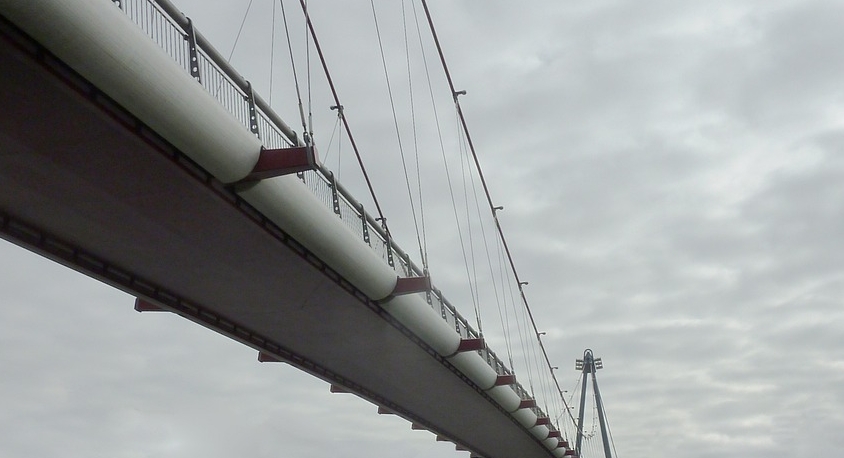
Monaco has officially inaugurated the Wurtemberg Footbridge, a sleek 65-meter-long metal structure designed to enhance pedestrian access across the city. Situated at the base of Avenue Pasteur, this modern bridge is a pivotal component of the Principality’s ongoing mobility strategy, which seeks to reduce reliance on vehicles and promote walking.
The Wurtemberg Footbridge serves as a vital link between the Fontvieille district and several key destinations, including two newly installed elevators that connect to the Honoré II Promenade. These elevators provide seamless access to the forthcoming college, various facilities within the Pasteur block, and the soon-to-be-opened Wurtemberg Parking.
The bridge’s completion marks a significant milestone in Monaco’s efforts to transform the western part of the city into a more pedestrian-friendly zone. With the introduction of the Salines Parking in April—boasting 1,800 affordable parking spaces—the Wurtemberg Footbridge now offers a direct, vehicle-free route from the western entrance of the city to Fontvieille. Visitors can conveniently traverse this newly connected route via the Salines pedestrian gallery, enhancing the overall accessibility and flow of movement within the city.
This initiative is part of a broader mobility plan aimed at reducing urban traffic congestion and promoting sustainable transportation methods. By providing improved pedestrian infrastructure, Monaco is encouraging residents and visitors alike to opt for walking over driving, thereby contributing to a greener and more efficient urban environment.
The Wurtemberg Footbridge stands as a testament to Monaco’s commitment to modernizing its infrastructure and fostering a culture of soft mobility. As the city continues to innovate and adapt, projects like these play a crucial role in shaping a more connected and eco-friendly urban landscape.

